 |
|
|
plants
text index | photo
index
|
| coastal plants |
| Nangka
or
Jackfruit Artocarpus heterophyllus Family Moraceae updated Nov 10 Where seen? Among the favourite fruits of Singaporeans, this tree is often planted in gardens. Those found growing in the wild often mark the locations of 'kampongs' or villages that have long since been cleared. Pulau Ubin has lots of nangka trees. The origin of the nangka tree is not known though some believe it to be from India. The scientific name comes from the different form of the leaf when it is a sapling (lobed) and when it is older (oval). Previously known as A. integrifolia and A. integra. Features: Tall tree (10-20m). Leaves oval with only a blunt tip and very dark shiny green above. Flowers are small (2-3cm) with male and female flowers in clusters. The fruits are huge (30cm-1m long). They are barrel- or pear-shaped, cream to golden yellow, covered with small sharp conical warts. The fruit has a strong smell, described by Corners as 'sickly sweat', while Burkill describes the taste as 'mawkishly sweet and mousy'. All parts of the plant exude a white sticky latex. The sticky latex makes it a challenge to cut the fruit as the knife soon gets gummed up. This is prevented by rubbing vegetable oil on the knife and hands before handling the unripe fruit. Human uses: According to Burkill, the flesh of the fruits can be eaten fresh, or candied, salted as pickles, or sun dried as chips. The starchy seeds are boiled and eaten. The timber is highly valued for house building especially where teak does not grow and is also used for musical instruments and furniture. Due to the yellow colour of the timber, it was used in the palaces of Bali and Macassar, and in Indochina was reserved for sacred buildings. The robes of Buddhist priests are coloured from dyes obtained by boiling the wood. Livestock and wild deer relish the leaves and various parts of the tree were also used in traditional medicine. |
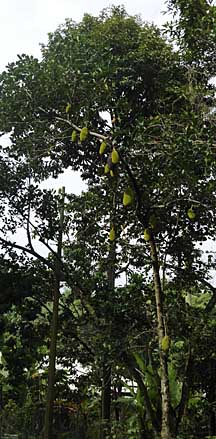 Pulau Ubin, Oct 09 |
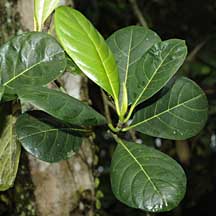 Pulau Ubin, Oct 09 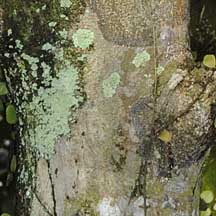 |
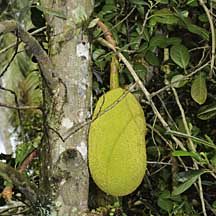 Pulau Ubin, Oct 09 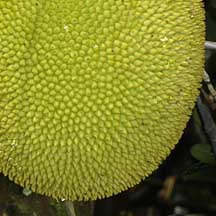 |
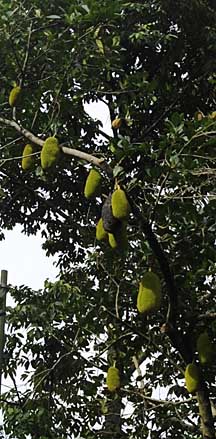 Pulau Ubin, Oct 09 |
|
Links
References
|
|
|